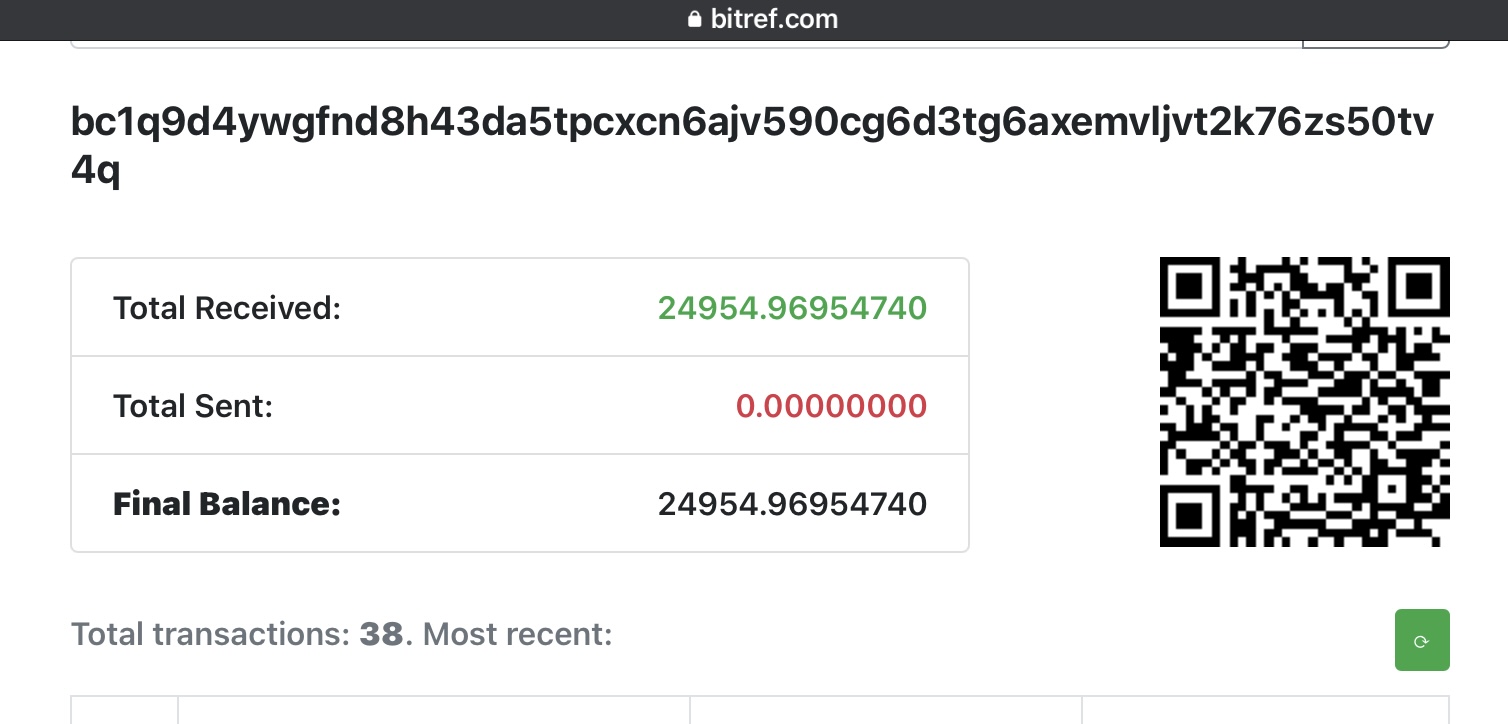To establish a reserve for its stablecoin UST, Luna has purchased around 24954.96 bitcoin, which is worth about $1.12 billion at current pricing.
Luna Foundation Guard (LFG) has purchased 24,954.96 BTC worth around $1.12 billion this week, according to on-chain analytics, to establish a bitcoin reserve to back its stablecoin, TerraUSD (UST).
 While many members of the Bitcoin community were quick to point out that the project is fundamentally different from others based on on-chain bitcoin, such a large purchase of BTC had an undeniable impact on the Bitcoin ecosystem and, quite potentially, the price.
While many members of the Bitcoin community were quick to point out that the project is fundamentally different from others based on on-chain bitcoin, such a large purchase of BTC had an undeniable impact on the Bitcoin ecosystem and, quite potentially, the price.
LFG is a Singapore-based non-profit that aims to increase demand for Terra’s stablecoins in order to “buttress the UST peg’s stability and support the expansion of the Terra ecosystem.”
Bitcoin Magazine’s official Twitter account tweeted on March 23 and there has been a lot of conjecture about the purchases on social media and forums.
The Luna Foundation has established itself as one of the most innovative platforms for combining standard cryptocurrencies with stablecoins.
The long-term prospects of its LUNA tokens, on the other hand, are largely dependent on a combination of the overall sustainability of algorithmic stablecoins versus collateral-based alternatives, the dynamics of the crypto market, and the sufficiency of reserves to support the stability of UST and sustainable growth of LUNA.
The Luna Foundation Guard collected $1 billion from crypto-focused investment capitalists for this purpose late last month, revealing the idea to create a Bitcoin reserve for Terra’s UST stablecoin. Terra’s LUNA tokens were sold privately to raise the funds.
On the Pomp’s podcast, the Terraforms Lab founder, Do Kwon revealed that the LUNA Foundation Guard (LFG) team chose the Bitcoin standard as a collateral because it feels Bitcoin is the ideal asset to use as a collateral to establish a new type of money and a better currency for all of crypto.
Do Kwon has previously explained that the foundation would buy $3 billion in the near future and the remaining $7 billion at a later date, although no precise dates were given.